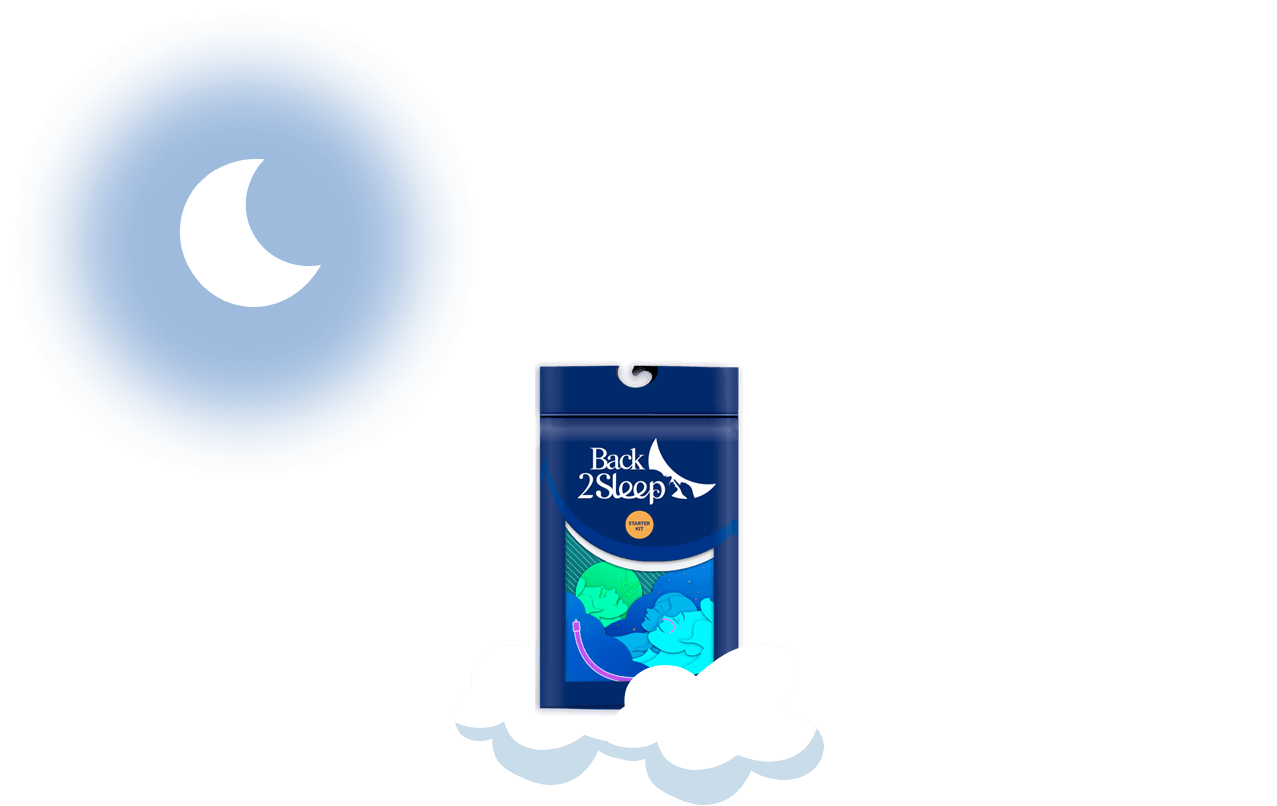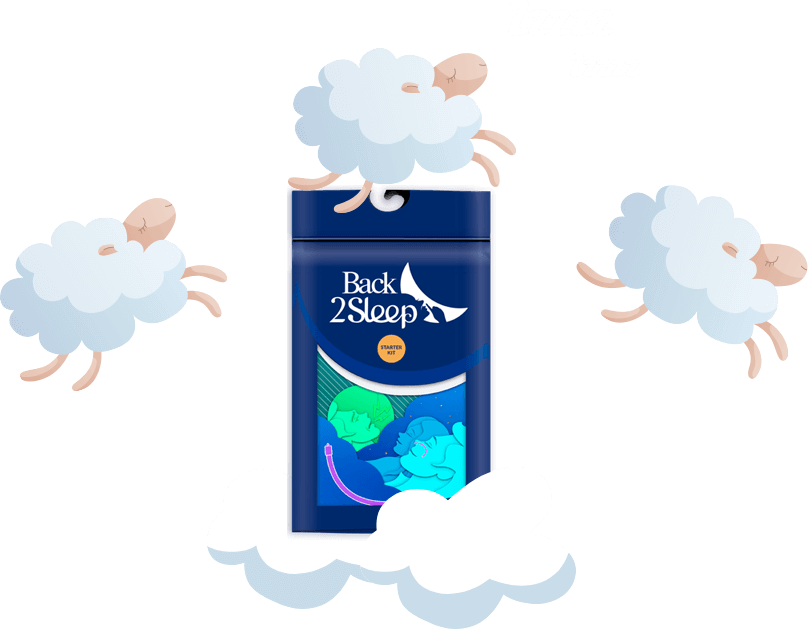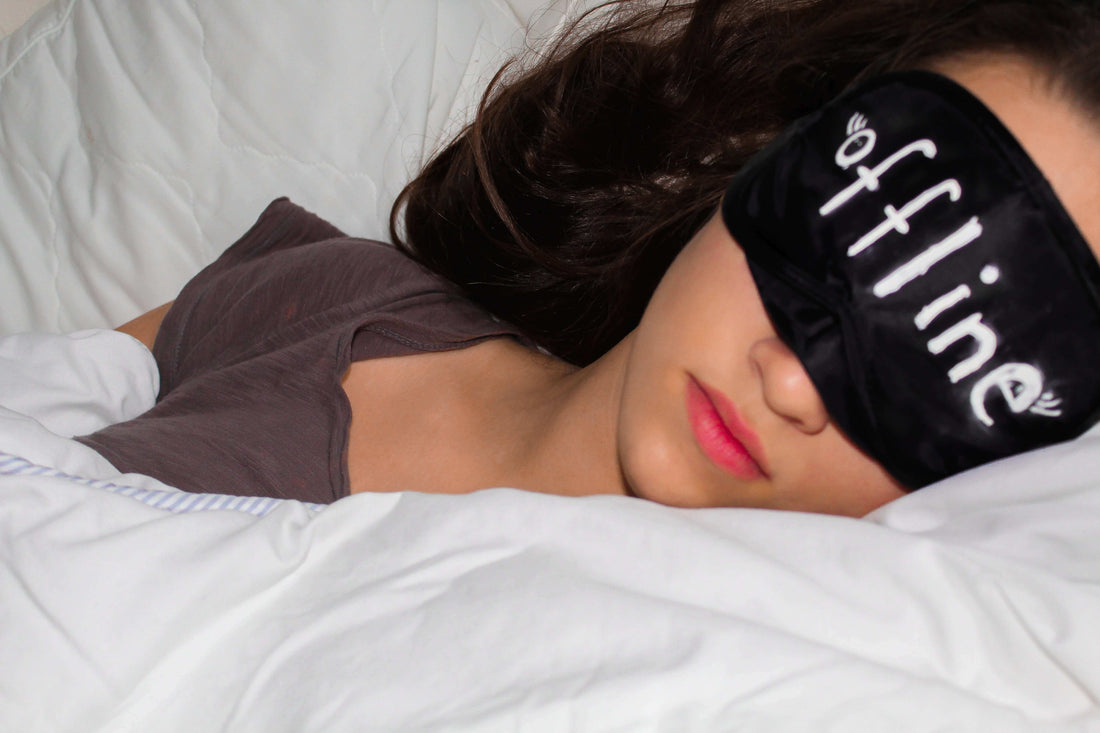Sleep Apnea Without Snoring: Complete Guide to Silent Breathing Disorders
Discover how non-snoring sleep apnea affects millions silently, its serious health consequences, and breakthrough treatment solutions including the innovative Back2Sleep intranasal device that provides immediate relief without bulky CPAP masks.
Non-snoring sleep apnea is a breathing disorder that occurs during sleep with serious health consequences, affecting millions who experience repeated breathing interruptions without the typical loud snoring sounds - making it harder to detect but equally dangerous as classic obstructive apnea, requiring specialized diagnosis through polysomnography and innovative treatment solutions like the Back2Sleep intranasal orthosis that keeps airways open without masks or surgery.

Although snoring is a common symptom of obstructive sleep apnea, there are other types of apnea that are not accompanied by this characteristic noise. This silent nature makes diagnosis challenging, often delaying treatment for years while serious complications develop.
Essential Information About Silent Sleep Apnea
| Important Points | Summary |
|---|---|
| What is sleep apnea without snoring? | Sleep apnea without snoring refers to repeated pauses in breathing during sleep that are not accompanied by noisy snoring. It can be caused by various types of apnea, including central apnea where the brain does not transmit respiratory signals correctly. |
| What are the different types? | The three main types are: obstructive apnea (narrowing of the airway), central apnea (dysfunction of respiratory control) and mixed apnea (combination of the two). |
| Main symptoms | The main symptoms are excessive daytime sleepiness, cognitive and memory impairment, as well as mood swings and irritability. |
| Common causes | Causes include neurological disorders, heart disease, obesity, certain medications, aging and other medical conditions. |
| Diagnosis methods | The diagnosis includes a physical examination, medical history, polysomnography (sleep study) and sometimes additional examinations such as nasofibroscopy or cardiac tests. |
| Treatment options | Treatments include ventilation devices (CPAP, BiPAP), surgical interventions, lifestyle changes (weight loss, exercise) and innovative solutions such as the Back2Sleep intranasal orthosis. |
What Is Sleep Apnea Without Snoring?
Sleep apnea without snoring refers to repeated pauses in breathing during sleep that are not accompanied by loud snoring. This disorder can be caused by different types of apnea, including central sleep apnea where the brain does not transmit respiratory signals correctly.
⚠️ Less noisy, it can be just as dangerous as classic obstructive apnea, causing breathing interruptions and oxygen deprivation.
Why Don't Some People Snore Despite Apnea?
In some cases, airway obstruction is not complete, allowing limited airflow without sound vibrations.
Muscle relaxation during sleep mainly affects the respiratory muscles rather than those of the pharynx, thus preventing snoring.
Some medical conditions, such as neurological disorders, can cause central apnea without physical obstruction of the airway.
Different Types of Sleep Apnea
Obstructive Sleep Apnea
The most common type. Occurs when the upper airways (throat) narrow or become blocked during sleep. This prevents normal air circulation, leading to repeated breathing pauses.
Central Sleep Apnea
The brain doesn't send the right signals to the body to breathe during sleep. Not a physical obstruction, but rather a dysfunction of respiratory control.
Mixed Sleep Apnea
A combination of both types. Apnea begins with a signaling problem in the brain (central apnea), then the airways narrow (obstructive apnea).
Complex Sleep Apnea
Develops when central apnea emerges during CPAP treatment for obstructive apnea. Requires specialized adaptive servo-ventilation therapy.

Typical Causes of Different Sleep Apnea Types
Obstructive Sleep Apnea Causes
- Obesity or excessive overweight
- Anatomy of the upper airways (oversized tongue, tonsils, uvula)
- Excessive relaxation of throat muscles during sleep
Central Sleep Apnea Causes
Certain medical conditions such as:
- 💊 Strokes
- 💊 Parkinson's disease
- 💊 Heart failure
- Side effects of certain drugs
- High altitude
Risk Factors for Mixed Sleep Apnea
- Advanced age
- Male sex
- Obesity
- Consumption of alcohol or sedatives
Recognizing Symptoms of Silent Sleep Apnea
Excessive Daytime Sleepiness
One of the main symptoms of sleep apnea, with or without snoring, is excessive daytime sleepiness. Repeated interruptions to breathing during sleep prevent restful sleep, leading to persistent fatigue during the day.
You may find it difficult to stay awake and focused:
- 💊 At work
- 💊 While driving
- 💊 During everyday activities
Daytime sleepiness can be a telltale sign of sleep apnea, even in the absence of noisy snoring.
Try Back2Sleep Solution NowCognitive and Memory Disorders
A lack of restful sleep due to sleep apnea can also affect your cognitive abilities. You may notice some difficulties:
- 💊 Concentration
- 💊 Short-term memory problems
- 💊 Attention disorders
These cognitive deficits can have an impact on your performance at work or school, as well as on your daily life.
Mood Swings and Irritability
- Sleep deprivation caused by apnea can lead to significant mood changes, such as irritability, anxiety or even depression.
- You may feel more easily annoyed or have unexplained mood swings.
- Constant exhaustion due to poor quality sleep can also contribute to these mood swings.
What Causes Sleep Apnea Without Snoring?

Neurological Disorders
Several neurological disorders can cause central sleep apnea, a type of apnea without snoring or physical obstruction of the airways.
These disorders include:
- Stroke, which can damage the brain's respiratory centers.
- Parkinson's disease and other neurodegenerative diseases that affect breathing control.
- Lesions of the cervical spinal cord, which disrupt nerve signals to the respiratory muscles.
- Certain congenital malformations of the brain or spinal cord.
Heart Disease
- Heart failure, where the weakened heart doesn't pump enough blood, can lead to central apnea.
- Heart muscle diseases (cardiomyopathies) can also disrupt breathing regulation during sleep.
- In the elderly, irregular heart rhythms (atrial fibrillation) is a risk factor for central apnea.
Other Risk Factors
- Obesity, particularly excess fat around the neck, increases the risk of obstructive apnea without snoring.
- Certain medications can depress respiratory function and promote apnea, such as:
- 💊 Opioids
- 💊 Benzodiazepines
- 💊 Alcohol
- Aging, with its loss of muscle tone, is a risk factor for all types of apneas.
- Conditions such as:
- 💊 Hypothyroidism
- 💊 Acromegaly
- 💊 Certain genetic syndromes also predispose to sleep apnea
Diagnosis Process for Non-Snoring Sleep Apnea
Physical Examination
The doctor will begin with a thorough physical examination, paying particular attention to the upper respiratory tract (mouth, nose, throat). He will look for signs of potential obstruction such as: 💊 a large tongue, 💊 enlarged tonsils, 💊 a narrow jaw.
Medical History
Your medical history will be examined for conditions that may contribute to sleep apnea (obesity, high blood pressure, heart or neurological disease). Blood tests may be prescribed to rule out other possible causes, such as hypothyroidism.
Sleep Tests
Polysomnography or sleep examination, is the golden standard for diagnosing sleep apnea. This nocturnal sleep laboratory recording monitors several parameters such as brain activity, breathing, oxygen saturation.
Further Tests
Additional examinations may include: Nasofibroscopy to visualize airways, X-ray or MRI to examine structure, Cardiac tests to assess impact, Specialist consultation as needed.
Comprehensive Treatment Options for Silent Sleep Apnea

Ventilation Units
Continuous positive airway pressure (CPAP) is often the first-line treatment for obstructive sleep apnea. A nasal or face mask delivers a pressurized airflow that keeps the airways open during sleep.
For central apnea, non-invasive ventilation devices such as:
- 💊 Two-stage positive pressure ventilation (BiPAP)
- 💊 Servo-controlled assisted ventilation
Surgical Procedures
For obstructive apnea, surgery can be considered in cases of anatomical obstruction of the upper airway (enlarged tonsils, deviated nasal septum, etc.).
Surgical techniques include:
- 💊 Tonsillectomy
- 💊 Correction of the nasal septum
- 💊 Maxillo-mandibular advancement
For central apnea, an intervention on the respiratory muscles (electrical stimulation of the phrenic nerve) can be proposed in certain cases.
Lifestyle Changes
Several non-drug measures can be beneficial, including:
- Weight loss for overweight and obese patients.
- Avoid alcohol, sedatives and sleeping pills, which can aggravate apneas.
- Regular exercise to improve physical condition.
- Side positioning during sleep to avoid dorsal decubitus.
- Treatment of any associated pathologies (gastro-oesophageal reflux, hypothyroidism, etc.).
Revolutionary Back2Sleep Intranasal Orthosis Solution
Back2Sleep offers an innovative solution with its patented intranasal orthosis. This medical device keeps the airways open during sleep, reducing apnea episodes and improving sleep quality.
Easy to use and space-saving, the Back2Sleep intranasal orthosis offers an effective alternative to conventional treatments for certain patients suffering from sleep apnea without snoring. The device has shown remarkable results with over 92% user satisfaction and immediate improvements from the first night of use.
Immediate Results - Works from the first night with no adaptation period required
Discreet & Comfortable - Soft medical-grade silicone, practically invisible during use
Travel-Friendly - Compact, no electricity needed, perfect for travel
Long-Term Health Risks of Untreated Silent Sleep Apnea
Chronic, untreated sleep apnea, whether accompanied by snoring or not, can have serious long-term health consequences. The silent nature of non-snoring apnea often leads to delayed diagnosis, allowing these complications to develop undetected.
There is an increased risk of:
- 💊 Treatment-resistant hypertension
- 💊 Cardiovascular accidents (heart attacks, strokes)
- 💊 Heart failure
- 💊 Metabolic disorders (diabetes, metabolic syndrome)
- 💊 Cognitive disorders
- 💊 Road accidents linked to excessive drowsiness
Frequently Asked Questions About Non-Snoring Sleep Apnea
Although less noisy, sleep apnea without snoring carries the same risks as classic obstructive sleep apnea. This can lead to: 💊 excessive daytime sleepiness, 💊 concentration problems, 💊 irritability, 💊 serious complications such as high blood pressure, cardiovascular disease (heart attack, stroke), diabetes and increased mortality.
Yes, sleep apnea, with or without snoring, can affect children. In them, it is often linked to upper airway obstruction caused by enlarged tonsils or adenoids. Early diagnosis and treatment are crucial for proper development.
Chronic, untreated sleep apnea, whether accompanied by snoring or not, can have serious long-term health consequences. There is an increased risk of treatment-resistant hypertension, cardiovascular accidents, heart failure, metabolic disorders, cognitive disorders, and road accidents linked to excessive drowsiness.
The Back2Sleep intranasal orthosis has demonstrated over 92% user satisfaction with immediate results from the first night. It offers an effective, non-invasive alternative to CPAP for mild to moderate sleep apnea cases, keeping airways open without masks or surgery.
Take Action Against Silent Sleep Apnea Today
Don't let non-snoring sleep apnea continue to affect your health silently. The Back2Sleep solution provides immediate relief without the complexity of traditional treatments.
Need more information? Contact our sleep specialists | About Back2Sleep | Read Our Blog








